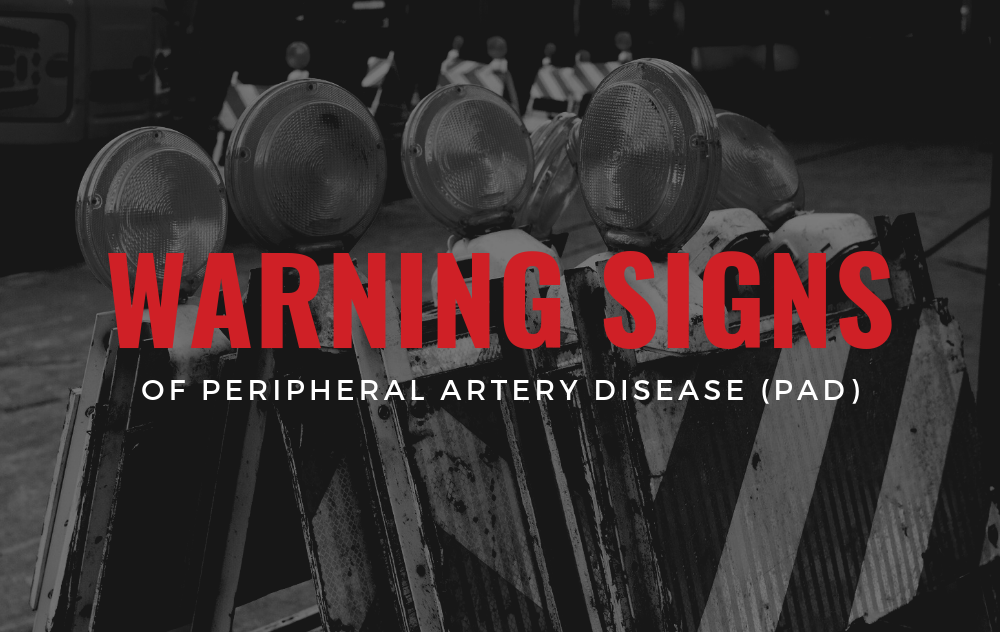PAD 101: The Warning Signs
September 2, 2021

Peripheral artery disease (PAD) is a common disease that affects the arteries in your legs. Your peripheral arteries carry oxygenated blood from your heart to other parts of your body. PAD is caused when extra fats and cholesterol circulating in your blood collects in your arterial walls, reducing or blocking blood flow to your limbs. Blockages in your peripheral arteries are serious problems because your limbs do not receive adequate blood flow. Unfortunately, these blockages can be quite serious, causing a wide variety of health conditions such as stroke, heart attack, or even amputation.
Knowing your risk factors and warning signs are important to avoid developing complications from PAD.
Are you at risk?
There are certain risks people are unable to control that put them at a higher risk of developing PAD. The most common risk factors include:
-
Age – Anyone over the age of 50
-
Gender – Men are at a higher risk than women
-
Family or personal history of PAD
-
Family or personal history of cardiovascular disease
However, there are also some lifestyle factors that can increase your risk of developing PAD. These risk factors are important to pay attention to, especially if you have any of the above-listed risks.
Talk to your provider about your risk factors for PAD. Don't have a provider? Call 800.424.DOCS to get connected with one today!
